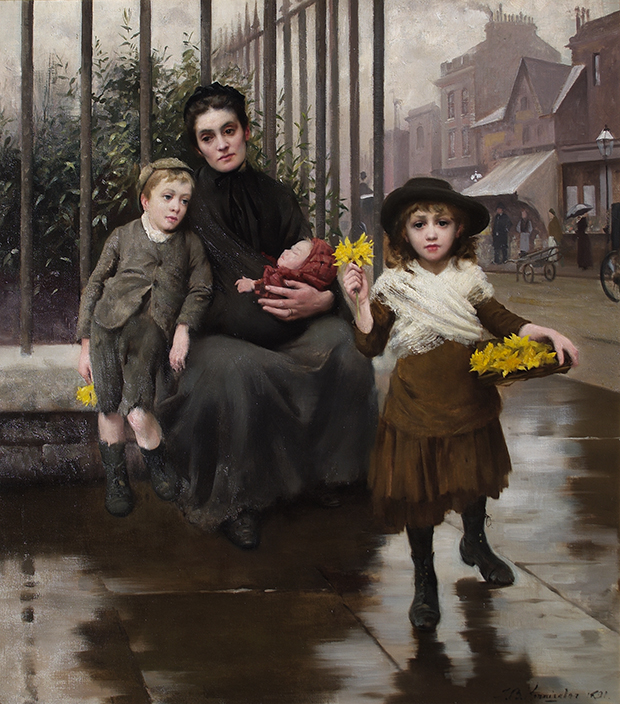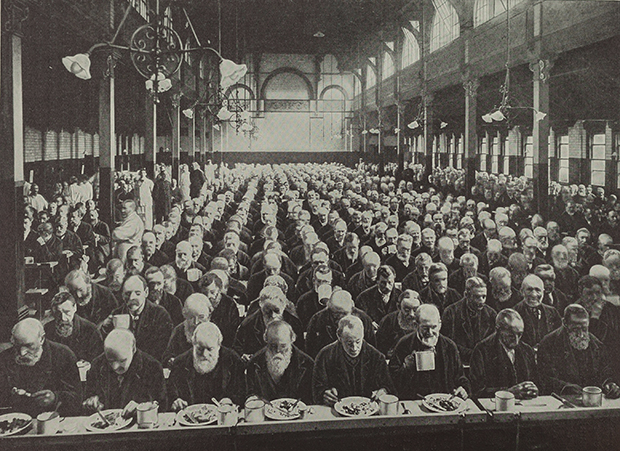Homes of the homeless: Seeking Shelter in Victorian London – a big issue then as now
The homeless person sleeping rough might be a common image in London today, but in the 19th century there were hundreds spilling onto the streets every night.
Short but powerful, the new exhibition Homes of the Homeless: Seeking Shelter in Victorian London at the Geffrye Museum seeks to illuminate the daily struggle of the bitterly poor in the city 200 years ago. What this exhibition highlights most candidly is the juxtaposition between the Victorian ideal of the home and the reality of destitution in this period.
The middle class prized the family unit, privacy and the sanctity of the home, all the things the homeless could not achieve: workhouses split families, early shelters grouped people into dormitories, and many found it impossible to gather together the little money needed to find shelter at all. The cholera epidemic of the 1840s and housing crisis of the 1880s brought the situation to serious peaks, resulting in mass poverty, widespread homelessness and total desperation.
Some took to sleeping in London’s parks, while others tumbled into shelters and workhouses, where conditions varied massively. Queueing for accommodation was something frequently seen on the streets come dark, even in central locations like Covent Garden, and protests broke out as hundreds camped out in Trafalgar Square.
Touching in so many different ways, the exhibition features paintings, photographs, testimonials and engravings all depicting homelessness in its various guises. The destitute family was a common image, with children evoking particular sympathy, and billboards and newspapers both carried adverts imploring people to give whatever they could to support the city’s more unfortunate souls. The government did, by today’s standards, much to stem the flow of homelessness in the capital, but as the century progressed, the problem became more difficult to contain.
Homes of the Homeless charts this challenge, touching on the different approaches to homelessness – from casual wards where ‘inmates’ could exchange hard labour for a place to sleep, to model lodging houses that were designed to more closely imitate a real home – as well as real people’s reactions to their dire circumstances, collected from investigative journalism and charity reports.
Thoroughly researched and straightforwardly presented, this exhibition is accessible to anyone interested in the history of London. With glaring relevance today, it presents a significant slice of history that should not be overlooked, and an important lesson in charity and compassion. Homes of the Homeless is a succinct, enlightening exhibition in one of London’s most charming museums.
Homes of the Homeless: Seeking Shelter in Victorian London is at the Geffrye Museum, 136 Kingsland Road, E2 8EA until 12 July



